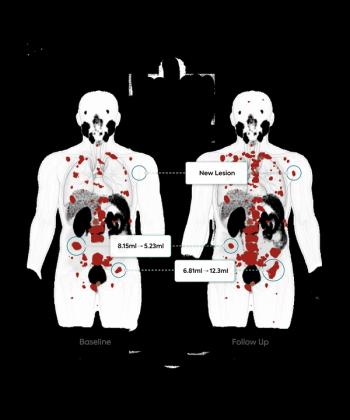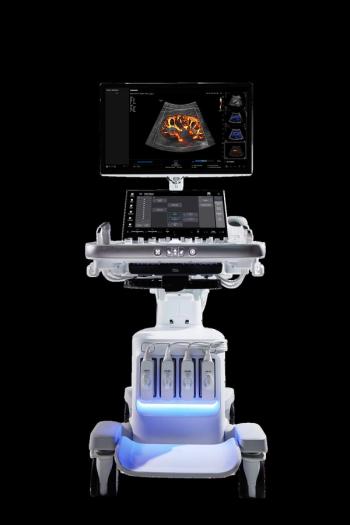
COVID Vaccine Side Effects and Mammograms: What a New Study Reveals
Emerging research suggests that mammograms should not be delayed for women who develop unilateral lymphadenopathy after receiving COVID-19 vaccines, and that follow-up imaging is unnecessary for patients who have no history of cancer or suspicious concurrent symptoms.
In the wake of the pandemic, women had been urged to delay mammograms if they developed unilateral lymphadenopathy, a common side effect of COVID-19 vaccines, due to concerns over unnecessary false positives and follow-up exams. However, the authors of a
The study, which was recently published in Radiology, involved 1,217 patients who had breast imaging after receiving COVID-19 vaccination between December 30, 2020 and April 12, 2021. Of the patients who disclosed vaccine information, 505 patients received the Pfizer vaccine, 459 patients received the Moderna vaccine, and 18 patients had the Johnson and Johnson vaccine, according to the study. Researchers noted that 537 patients (44 percent) were diagnosed with lymphadenopathy based on findings from at least one imaging exam.
According to the study, 387 of these patients (72 percent) had a total of 407 follow-up exams that were completed, on average, 15.7 weeks after the initial exam. The follow-up exams revealed benign results for 79.4 percent of the exams while researchers assessed the findings of the remaining 20.6 percent of exams as probably benign but requiring additional follow-up. The study authors noted no malignancies in the follow-up group.
Eight percent of the patients diagnosed with lymphadenopathy (43/537) had a subsequent biopsy. Thirty-four patients had benign results and nine patients had malignancies. The patients with diagnosed malignancies had a previous history of cancer or other exam findings beyond the lymphadenopathy, according to the study.
“These findings allow us to make broader guidelines suggesting that short-term follow-up imaging is not recommended,” explained Stacey Wolfson, M.D., a co-author of the study, who is affiliated with the Department of Radiology at the New York University Grossman School of Medicine and NYU Langone Health in New York City. “We found only 9 cancerous lymph nodes in our study, and they were only found in women with known cancer, concurrent suspicious findings in the breast, and/or contralateral axilla.”
Dr. Wolfson noted that the persistence of the axillary lymphadenopathy, which was reportedly seen up to 43 weeks after vaccination, was particularly surprising. According to the study, lymphadenopathy occurred as early as one day after vaccination and also occurred 71 days after a second vaccination dose.
“We found benign reactive lymph nodes were still present despite delaying the screening exams for 4 to 6 weeks based on various guidelines,” said Dr. Wolfson. “These lymph nodes were unchanged with follow-up exams at three months, and some enlarged lymph nodes persisted for over 10 months.”
While the study showed that reactive lymphadenopathy is common after COVID-19 vaccination, Dr. Wolfson suggested that follow-up examination should be reserved for patients with other risk factors such as a history of cancer and/or concurrent suspicious findings in the ipsilateral breast on mammogram.
Newsletter
Stay at the forefront of radiology with the Diagnostic Imaging newsletter, delivering the latest news, clinical insights, and imaging advancements for today’s radiologists.



























